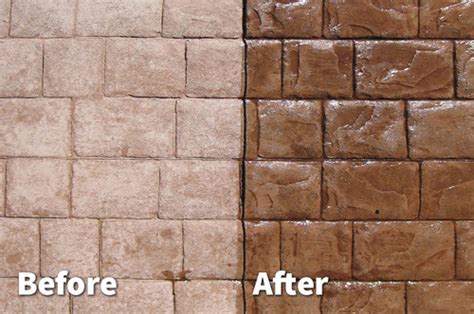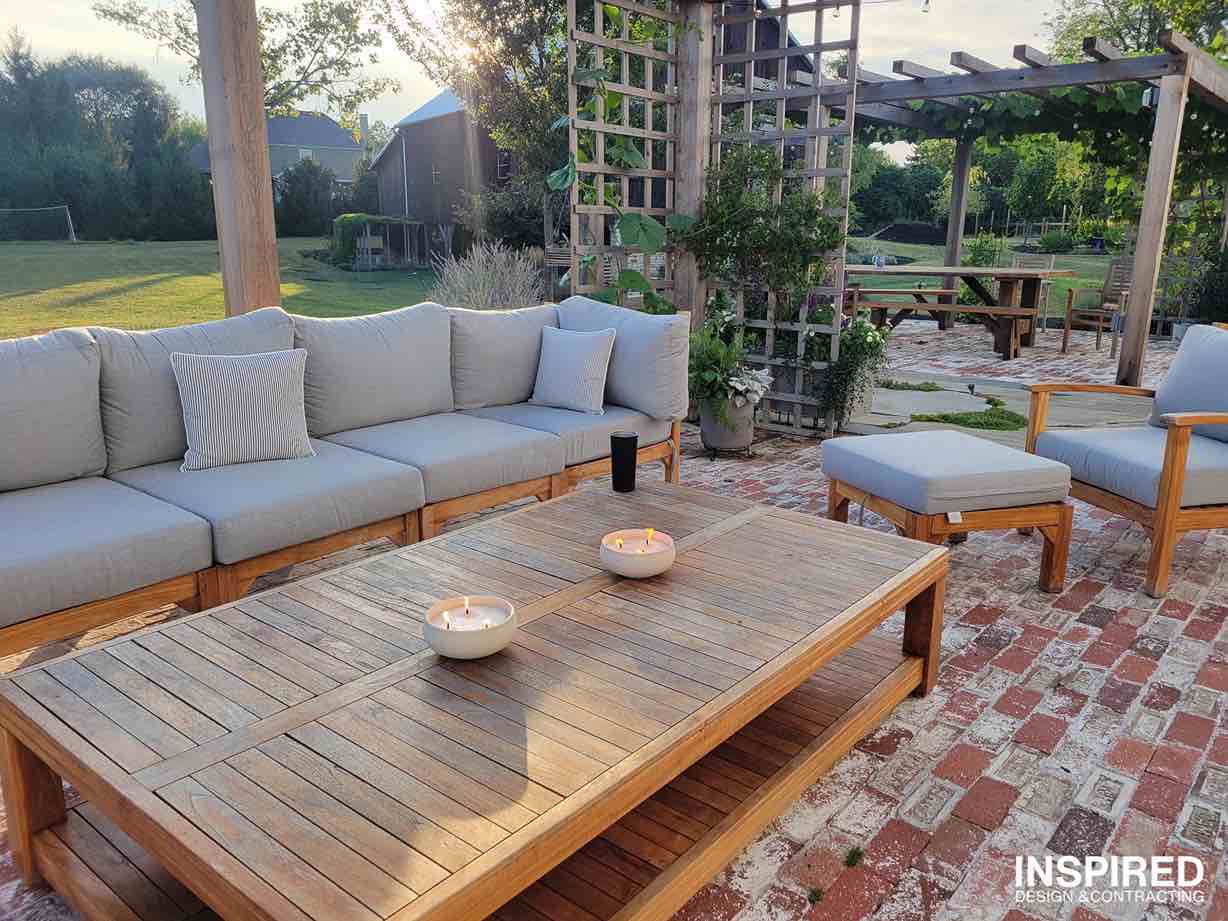5 Mistakes to Avoid When Sealing Stamped Concrete (and How to Fix Them)
Your stamped concrete patio deserves protection — but sealing it wrong can do more harm than good. Whether it’s your first time applying a sealer or you’re maintaining an older patio, this guide walks you through the five most common sealing mistakes homeowners make — and how to avoid them.
Sealing stamped concrete is one of the easiest ways to enhance color, add gloss, and protect your investment from weather and wear. But when it’s done incorrectly, it can lead to flaking, cloudiness, or slippery surfaces that are expensive to repair.
Why Sealing Matters
Sealing your stamped concrete isn’t just about looks — it’s about preserving longevity and performance.
A good concrete sealer:
- Protects against moisture, stains, and UV damage.
- Prevents surface wear and color fading.
- Adds visual depth and enhances texture (wet look or matte finish).
- Reduces cracking caused by freeze-thaw cycles — especially important in Central Ohio’s climate.

Mistake #1 – Applying Sealer Too Soon After Installation
Problem: Sealing before the concrete is fully cured can trap moisture, leading to whitening (“blushing”), bubbles, or peeling.
Fix:
- Wait at least 3-14 days after pouring before applying any sealer (weather depending).
- If your concrete must be protected sooner, ask your contractor about a “cure-and-seal” product that safeguards the surface during curing.
Pro Tip: A little patience goes a long way — sealing early might make it shine now but can cause major delamination later.
Mistake #2 – Using the Wrong Type of Sealer
Problem: Not all sealers are made for stamped concrete. Some are too thick, trap air, or don’t bond properly to textured surfaces.
Fix:
- Choose a solvent-based acrylic sealer — it enhances color, penetrates well, and provides UV resistance.
- Avoid water-based sealers in humid climates like Central Ohio; they can dry cloudy or peel when moisture is present.
- Always confirm compatibility with your previous sealer before reapplying.
Pro Tip: Think of sealing like painting — the wrong product on the wrong surface never lasts.
Mistake #3 – Applying Too Much Sealer
Problem: More isn’t better. A thick coat leads to bubbling, peeling, or a slick surface when wet.
Fix:
- Apply two thin coats instead of one heavy one.
- Allow each coat to dry for 24 hours before applying the next.
- Use a ⅜-inch nap roller or low-pressure sprayer for even coverage.
Pro Tip: Your patio should look enhanced, not plastic. If it looks like glass, it’s over-sealed.
Mistake #4 – Sealing Dirty or Wet Concrete
Problem: Moisture or dirt trapped beneath the sealer creates blotchy white patches or prevents adhesion altogether.
Fix:
- Clean the surface thoroughly with a mild degreaser or concrete cleaner.
- Rinse and allow 24–48 hours of dry time before sealing.
- If rain is in the forecast, wait. Patience beats resealing.
Pro Tip: A clean surface means your sealer adheres properly — and your finish lasts years longer.
Mistake #5 – Forgetting Maintenance After Sealing
Problem: One application doesn’t last forever. Without proper upkeep, UV rays, traffic, and weather will degrade the sealer over time.
Fix:
- Reseal every 3–4 years for patios and 2–3 years for driveways.
- Clean regularly with mild soap and water.
- Avoid de-icing salts and harsh chemicals that can erode the finish.
- Note that there is no 100% safe chemical for decorative concrete.
“A properly sealed and maintained stamped concrete patio can last over 25 years — if you treat it like an investment, not an afterthought.”
When to Call a Professional
Even seasoned DIYers can struggle with sealing stamped concrete — especially in Ohio’s unpredictable climate. Professionals like Inspired Design & Contracting use:
- Commercial-grade sealers for longer-lasting protection.
- Proper surface prep and moisture testing.
- Professional spraying techniques that ensure even coverage.
If your patio looks faded, chalky, or slippery — it may be time to strip and reseal.
FAQs About Sealing Stamped Concrete
Q1: How often should I reseal my stamped concrete patio?
Every 3–4 years, depending on weather exposure and traffic.
Q2: What happens if I don’t seal my stamped concrete?
Unsealed concrete absorbs moisture, fades, and cracks from freeze-thaw damage.
Q3: Can I apply sealer myself?
Yes — but improper application can ruin the finish. Follow manufacturer instructions closely or hire a pro.
Q4: What’s the best temperature for sealing?
Between 50°F–80°F, ideally on a dry, mild day with little wind.
Q5: How do I fix cloudy or white spots after sealing?
Use a solvent wash to re-melt and smooth the sealer, or have a professional strip and reapply it.
Q6: Does sealing make concrete slippery?
Yes, especially with glossy sealers. Add a non-slip additive for traction and safety.
Conclusion
Sealing your stamped concrete is one of the most important steps in preserving both its look and longevity. Avoiding these common mistakes means fewer repairs, a safer surface, and a patio that keeps turning heads for decades.
Remember: The secret to a great-looking stamped concrete patio isn’t just in how it’s built — it’s in how it’s maintained.
Schedule your stamped concrete consultation with Inspired Design & Contracting today, and protect your investment the right way.

Jim Venetucci









